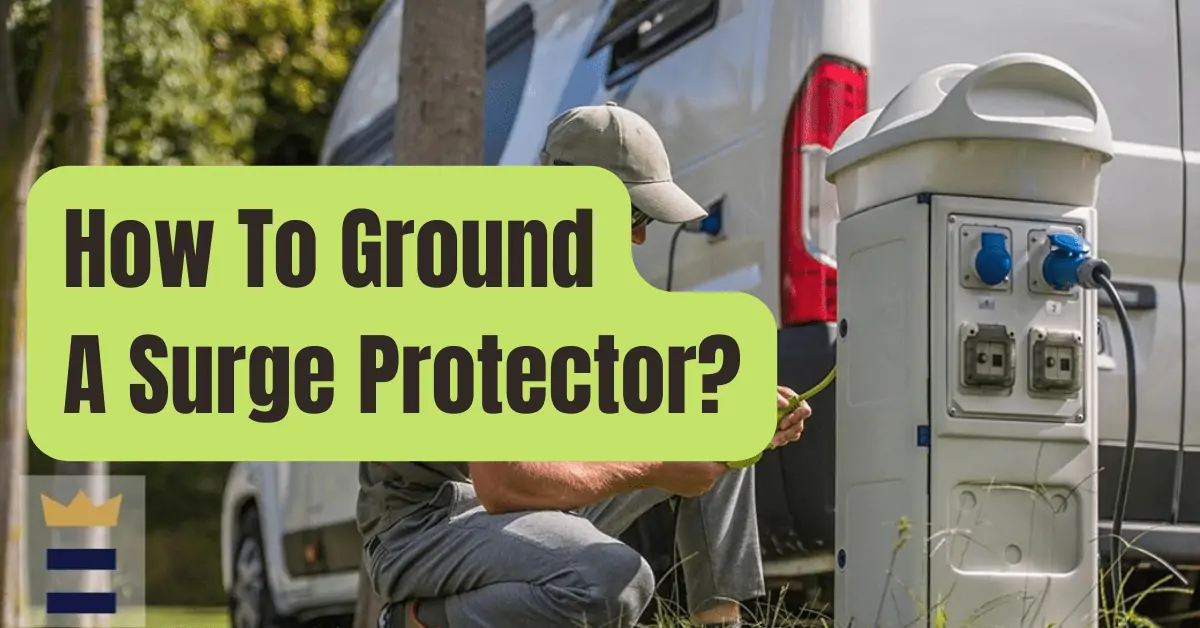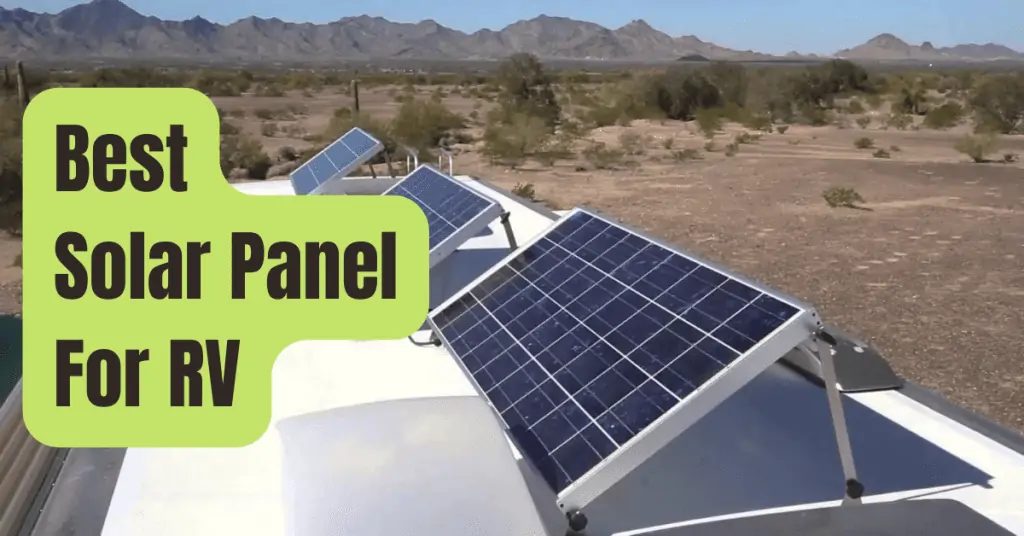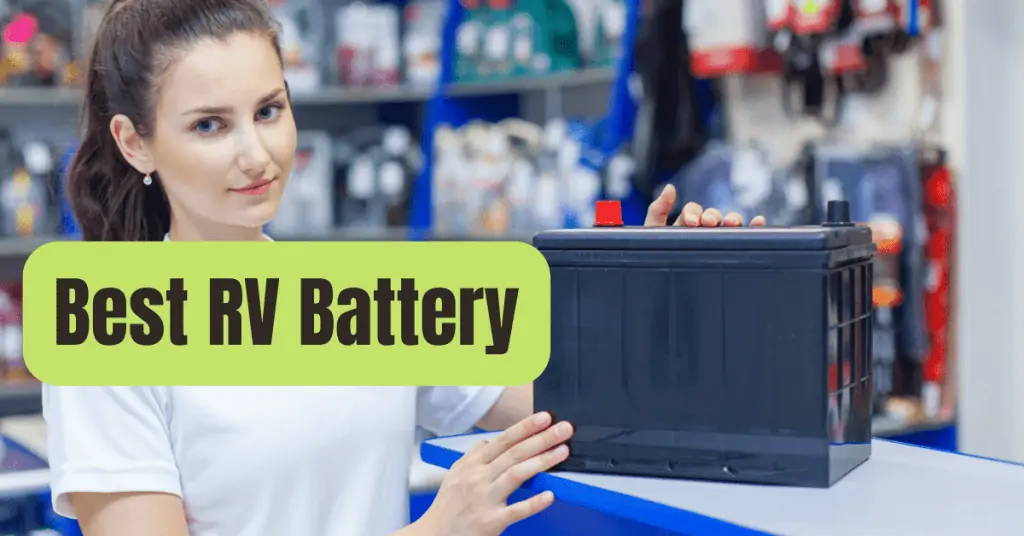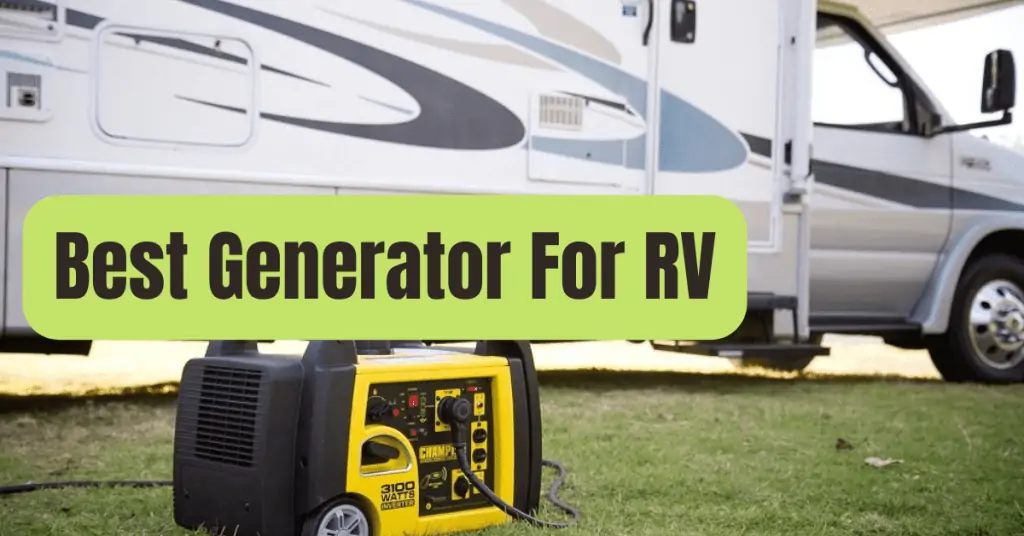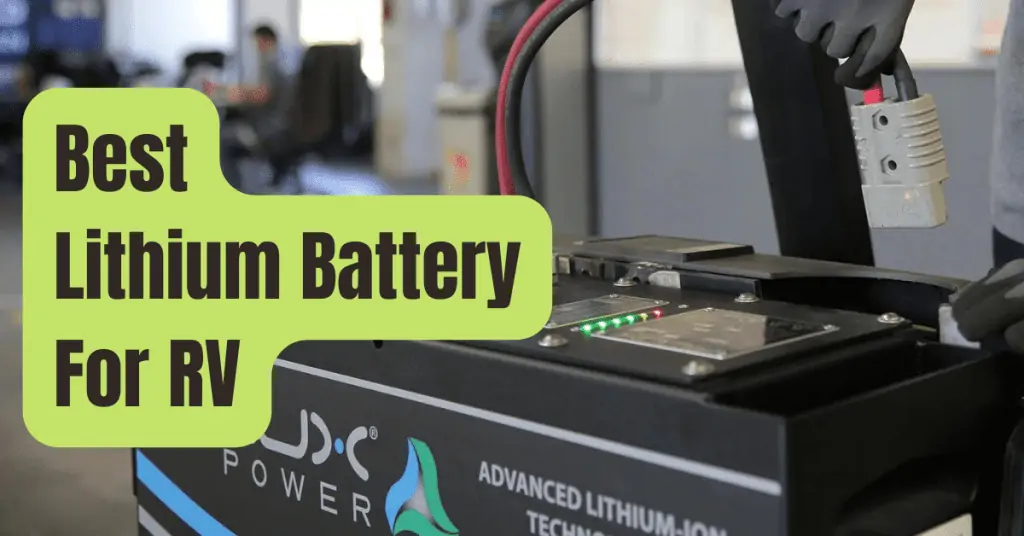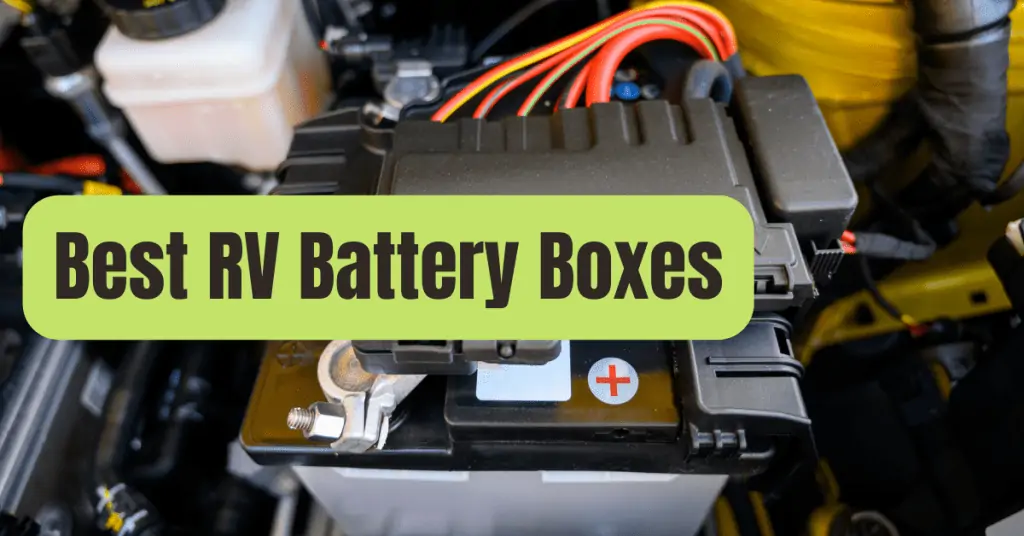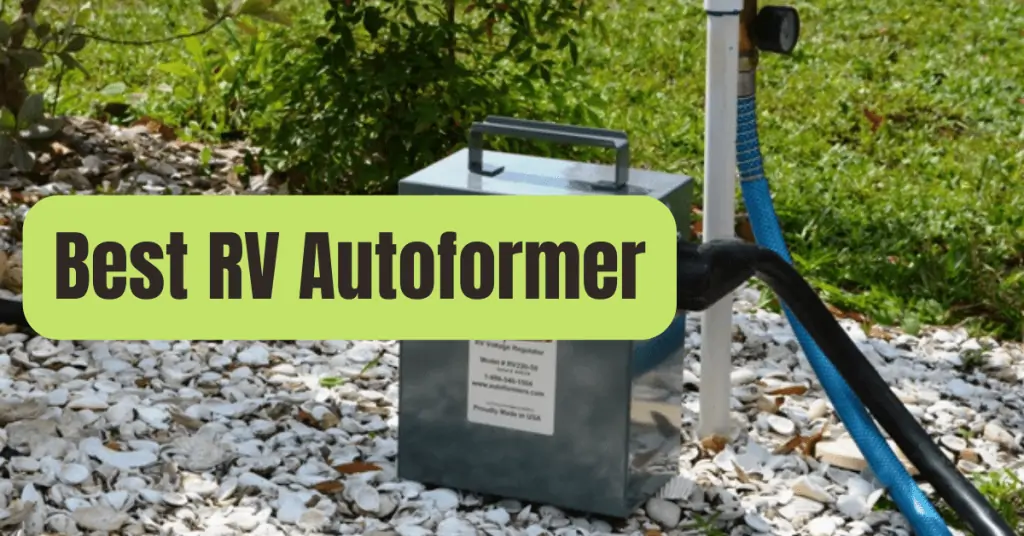Cellular Signal Boosters With Lightning Surge Protection
As you may already be aware, because the donor antennas are often mounted on the roof, signal boosters are very susceptible to surges brought on by static and indirect lightning.
When there is a surge, the energy may go through the coaxial cable of the external antenna and weaken or seriously harm the amplifier as well as anything else in its path, including other electrical equipment.
They have the ability to electrocute victims and start flames.
A lighting surge protector must be correctly installed AND grounded in order to protect your signal booster against surges (as well as persons, property, and other electronic equipment).
The installation of a lighting surge protector will be the main topic of this essay.
How Do I Install a Surge Protector for Lightning?
A surge protector, sometimes referred to as a lightning surge arrester or a surge suppressor, is very easy to install and only requires a few basic steps.
Step 1: Make Sure You Have The Appropriate Surge Protector For Your Booster
Impedance values for signal boosters and surge protectors are 50 Ohm or 75 Ohm.
For best performance, the impedance rating of the surge protector must coincide with that of the signal boosters.
The performance of the booster could suffer by using the wrong arrester.
You can simply locate the impedance rating of your repeater in the handbook if you don’t already know it.
You may also figure out the system’s impedance by looking at the connections and coaxial cables.
Impedance ratings for boosters with type-N or SMA connections are 50 Ohms, whereas impedance ratings for boosters with type-F connectors are 75 Ohms.
As an alternative, Wilson400 or LMR®400-like cables are compatible with 50 Ohm suppressors, but RG6 and RG11 cables are suitable with 75 Ohm suppressors.
Step 2: Installing the Lightning Surge Protector
Between the amplifier and the external antenna should be placed the surge protector.
Surge suppressors should be put outside your building, near to the point of entrance but far from flammable material, in accordance with the National Electrical Code (NEC).
Our premium lightning surge protector kits come with a 2-foot double male coax cable and a double-sided female coaxial surge protector, everything you need for a quick installation.
The surge arrester would be installed as follows:
- To the outside antenna, attach a 2-foot cable.
- Either end of the 2-foot wire may be used to connect one end of the surge protector. Since surge protectors are bi-directional, they cannot be fitted in the other way.
- The coaxial wire that connects to the amplifier should be connected to the opposite end of the surge protector.
Step 3: Grounding The Lightning Surge Protector
It is crucial to ground the surge protector in order for the lighting arrester to function.
This process will assist earth in grounding any high voltage energy that can shock the external antenna.
A grounding cable is required to ground the surge protector (sold separately).
Copper wire no less than 10 AWG is recommended for usage.
Stop utilizing copper wire that has been braided.
Use a pair of pliers to securely crimp the ground wire onto the surge suppressor’s ground connection after attaching it to the device.
The wire’s opposite end must be connected to a grounding point.
Avoid making any abrupt bends in the wire while attaching it.
Various Grounding Points:
- Ground Rod (Most Common): A metal rod planted at least eight feet underground outside of structures.
- Metal Electrical Service Panel: The panel is often wired to the grounding rod.
- Metal Electrical Raceway or Conduit: Simply fasten a grounding strap to the electrical raceway or conduit since, in most cases, they are already grounded.
- Water Pipe: The pipe has to be in close proximity to the ground. Should only be carried out if the water pipe is at least 10 feet above the ground and 5 feet or more away from the entrance of your house.
- Metal Frame or Structure of a Building: Use only if there is no other choice.
Do not hook the cable to anything inside your house or building.
Step 4: Grounding the Antenna Mast
Particularly for tall antenna masts, grounding the antenna mast is just as crucial as grounding the surge protector.
In actuality, it is required by the NEC.
The grounding wire only needs to be connected to the mast and the grounding point.
Before installing, remove some of the paint from the antenna mast if it has been painted.
PRO-TIP: Check your local electrical code’s grounding requirements before grounding the surge protector and mast.
They frequently vary from one city to the next.

